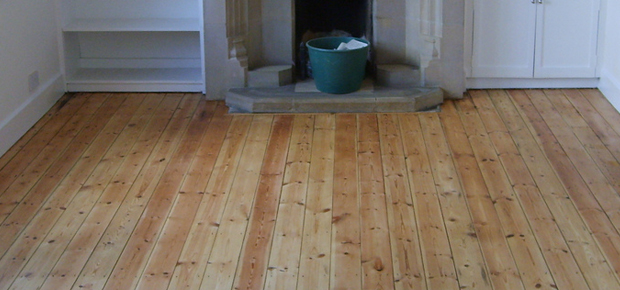Sandpaper
What is sandpaper?
Sandpaper is a laminated sheet of paper or textile with granular material that is stuck to one side to form a rough surface.
Today, sandpaper contains alternative abrasives, such as alumina or silicon carbide, as opposed to the use of sand as an abrasive. It may also contain natural grit, such as garnet or emery.

Types of Sandpaper
120-grit sandpaper – medium-sized sandpaper.
80-grit sandpaper – for shaping or removing large amounts of material.
220-grit sandpaper – used for fine sanding between layers of polyurethane so that each layer can merge with the next one.
Our Guarantee
- Over Six Years Experience
- Unrivaled Experience
- An Exceptional Service
- Unbeatable Value For Money
- Industry-approved Floor Sanding
- A Full Range of Floor Sanding Services
- Professional, Reliable and Diligent
- 100% Safety and Satisfaction
Floor Sander Sandpaper
In order to obtain the smoothness you need before sealing the wood, it is necessary to finish the hardwood floor with quality floor sanders.
Brighton Floor Sanding offers a choice of sandpaper with different grits to ensure the desired look. We are the ideal source for all your floor sanding and finishing needs.
If you are looking for more abrasives, explore our range of sanding blocks, sanding belts, sanding discs, sanding sponges, and more.
We Are Also Available to Offer Floorsanding Related Advice
Sandpaper Grits
Sandpaper removes the old finish by scraping a small layer of the wood floor surface. The size of the scratches depends on the abrasive paper grain.
Coarse grain quickly removes old layers of paint and oil but leaves deeper and more striking marks. Smaller grits take more time, but the marks they leave are much less visible.
We often start a renovation project using a rough grain of sandpaper. This removes most of the old surface and compensates for any defects.
After leveling the floor, we use smaller grit to remove all traces and scratches. The grinding process becomes completely invisible after applying the top layer.
What to Look for in Sandpaper
You need real grit to get the right result; by that, we mean the best rough surface. The finest sandpaper is ranked by the number of sanding particles per inch; the lower the number, the thicker the sandpaper. For optimal results, you must match the number of grits to your particular task.
Sandpaper should be selected based on the grit size. Coarse grains work faster, but scratches may be visible. The fine-grained sanding of the floor lasts longer, but the remaining scratches are invisible to the naked eye.
Contact Us
Choosing the best sandpaper and knowing how to use it is key to achieving the best results. It is important to use sandpaper with the right thickness. Otherwise, you can sand unevenly or excessively, causing roughness.
We recommend using the right sander and the right roughness of sandpaper for work if you need a professionally finished surface. If you are unsure, ask our floor sanding experts. We are happy to advise you. Contact us by phone: 01273 257183
or write to us at info@brightonfloorsanding.com.
Get a Free Quote for Your Floor Sanding Project






